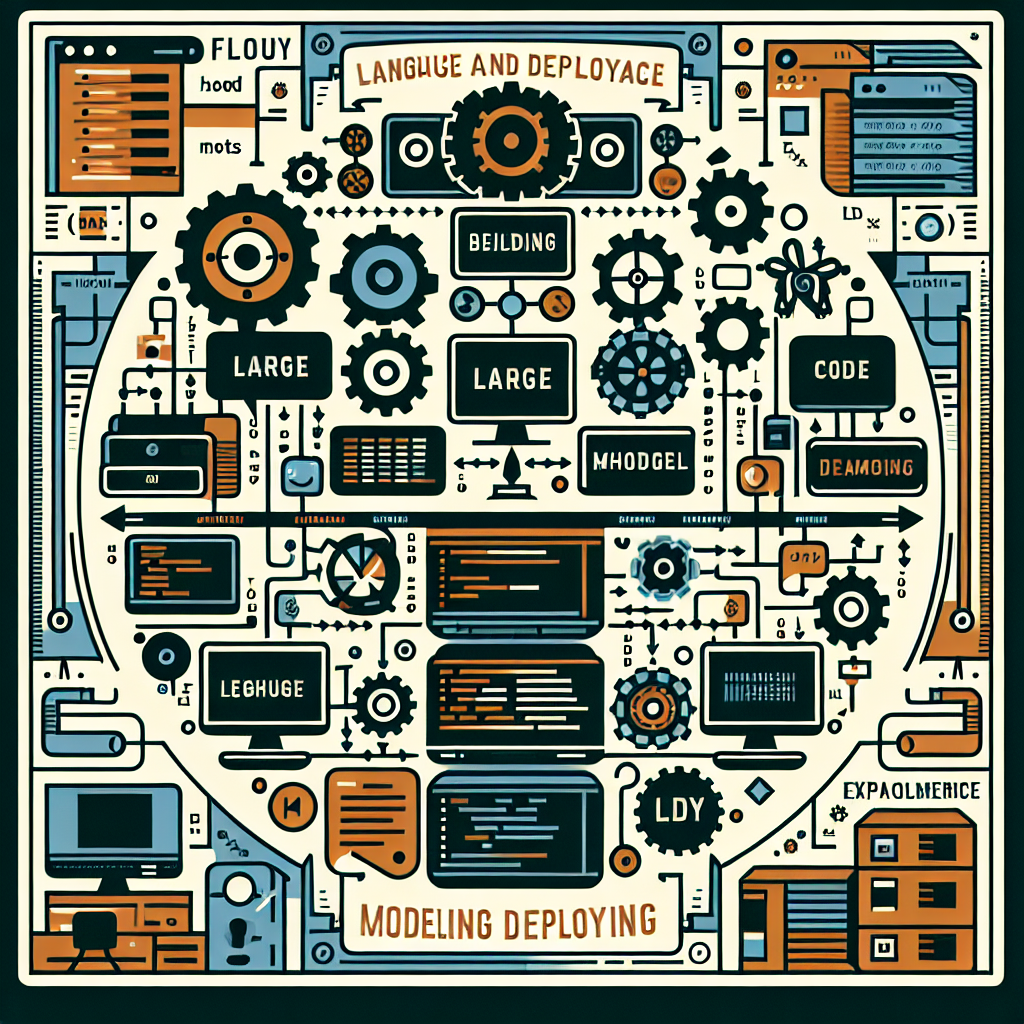Your cart is currently empty!
A Step-by-Step Guide to Building and Deploying Large Language Models: An Engineer’s Handbook

Building and deploying large language models can be a daunting task for engineers, especially with the rise of complex AI technologies like GPT-3 and BERT. However, with the right approach and tools, it can be a manageable and rewarding project. In this article, we will provide a step-by-step guide to help engineers navigate the process of building and deploying large language models effectively.
Step 1: Define the Problem Statement
Before starting to build a large language model, it is essential to clearly define the problem statement and the objectives of the project. This will help guide the development process and ensure that the model is tailored to meet the specific needs of the application.
Step 2: Gather and Preprocess Data
The next step is to gather the necessary data for training the language model. This can include text data from various sources such as books, articles, and online content. Once the data is collected, it needs to be preprocessed to remove any noise, standardize the text format, and tokenize the data for training.
Step 3: Select a Model Architecture
There are several pre-trained language models available, such as GPT-3, BERT, and Transformer, that can be fine-tuned for specific applications. Engineers should carefully evaluate these models and select the one that best fits the requirements of their project.
Step 4: Train the Model
Training a large language model requires significant computational resources and time. Engineers can use tools like TensorFlow or PyTorch to train the model on a GPU or TPU to speed up the process. It is also important to monitor the training process and fine-tune the hyperparameters to optimize the model’s performance.
Step 5: Evaluate the Model
Once the model is trained, it is essential to evaluate its performance on a validation dataset to ensure that it meets the desired accuracy and efficiency metrics. Engineers can use metrics like perplexity, BLEU score, and F1 score to evaluate the model’s performance.
Step 6: Deploy the Model
After the model is trained and evaluated, it can be deployed to a production environment for use in real-world applications. Engineers can use frameworks like TensorFlow Serving or Flask to deploy the model as a REST API for easy integration with other systems.
In conclusion, building and deploying large language models requires careful planning, data preprocessing, model selection, training, evaluation, and deployment. By following this step-by-step guide, engineers can successfully navigate the complexities of building and deploying large language models and create powerful AI applications that leverage the power of natural language processing.
#StepbyStep #Guide #Building #Deploying #Large #Language #Models #Engineers #Handbook,llm engineerʼs handbook: master the art of engineering large language
models from concept to production

Leave a Reply